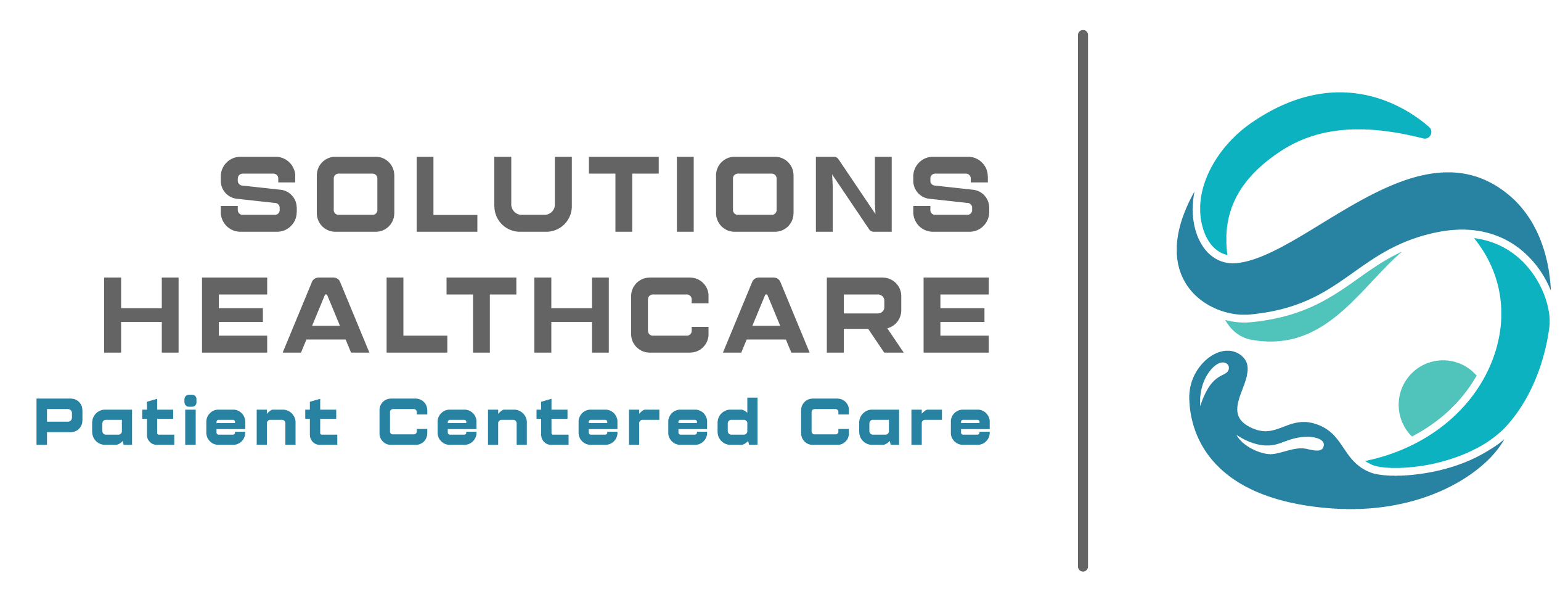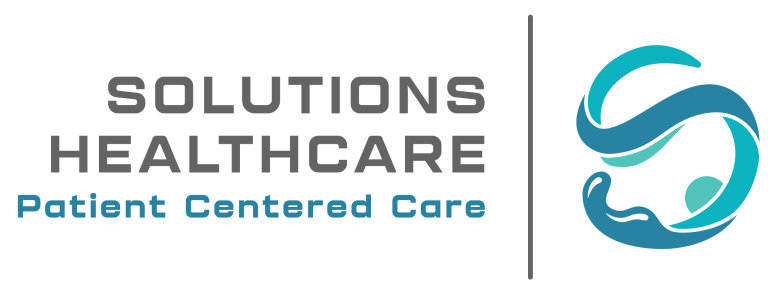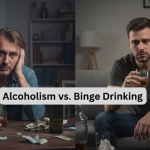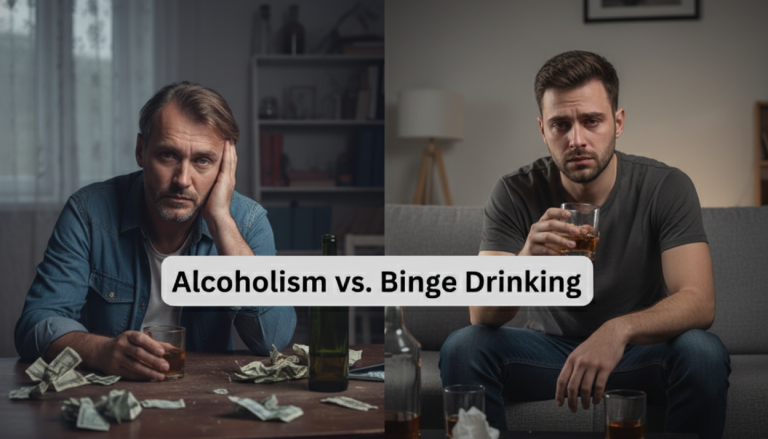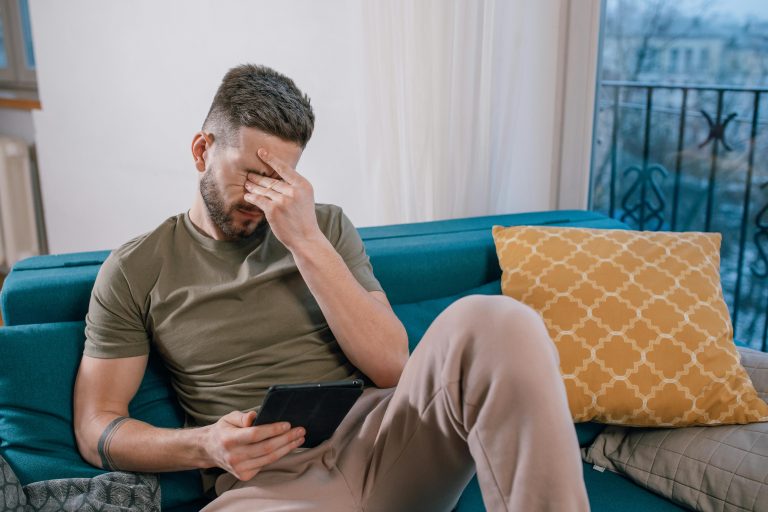Millions of people have legal access to cannabis in nearly half the states in the US. Surveys suggest more people are experimenting with and regularly using THC products. Knowledge about common side effects and risks is more important than ever.
Cannabis and THC use can cause uncomfortable and noticeable symptoms in the eyes. People sometimes call the red, dry, or bloodshot appearance “high eyes.” This article will explore the symptoms of high eyes and how to manage them. You will learn:
- The symptoms of high or stoned eyes
- How to relieve stoned eyes
- Other effects and risks of cannabis use
- How to recognize and treat THC addiction
- Where to find substance abuse treatment and recovery support
If you or someone in your life struggles with substance abuse, you are not alone. Find effective treatment and compassionate support at Solutions Healthcare. Learn about our programs or schedule an intake appointment by contacting our specialists today.
What are High Eyes?
When someone uses THC products or cannabis, they may experience dry or bloodshot eyes. But why does this happen?
THC (the psychoactive compound in marijuana) lowers blood pressure. This drop in blood pressure causes the body’s blood vessels to expand. When blood vessels in the eyes expand, it can cause redness or a bloodshot appearance.
THC can also cause the pupil (the black part in the center of the eye) to change. It may become larger for some time after someone consumes cannabis.
In addition to constricting the blood vessels of the eyes and increasing blood flow, THC may also cause people to feel drowsy or sluggish. This can lead to heavy or droopy eyelids. People may appear relaxed or sleepy after consuming marijuana.
Marijuana’s effects on the blood vessels and capillaries are typically not permanent. They may last for a few hours. However, they can be a telltale sign of marijuana abuse.
People may experience uncomfortable symptoms related to high eyes, including:
- Blurry vision
- Dryness
- Difficulty processing visual information
- Sensitivity to light
These effects can be distressing. In most cases, these effects are temporary. However, research suggests that heavy or prolonged cannabis use may have permanent, adverse effects on a person’s vision.
Contact the Solutions Healthcare specialists to learn about marijuana use disorder treatment or to schedule an intake appointment.
How to Relieve High Eyes
High eyes can be uncomfortable and may be a recognizable sign of marijuana use. The symptoms of high eyes will typically disappear as the effects of THC wear off. However, people may want to get rid of high eyes quicker.
Here are some things you can do to get rid of stoned eyes.
Use artificial tears
Over-the-counter eye drops contain ingredients that can reduce redness in the eyes. People can apply drops as needed when they experience stoned eyes.
Stay hydrated
Drinking plenty of water can keep the eyes well hydrated by ensuring good tear production. It is crucial to drink water or uncaffeinated beverages before and after using cannabis to ensure good hydration.
Cold treatment
People who experience red eyes or heavy eyelids may benefit from applying a cold compress to the eyes. An ice pack or cold washcloth may soothe the area around the eyes, leading to fewer visual symptoms and relief from redness.
Sleeping
Sleep may relieve some of the symptoms of high eyes, including dryness and redness. Sleep can also help with the fatigue or sluggishness some THC users experience.
If you are worried about managing stoned eyes, it may be a sign you need addiction treatment. Contact the Solutions Healthcare specialists to learn about our treatment and recovery support programs.
Other Effects of Cannabis Use
Red or bloodshot eyes are just one effect of THC use. Cannabis use causes a range of side effects, including:
- Anxiety
- Euphoria
- Relaxation
- Increased hunger
- Excessive laughter
- Altered sense of time
- Sensory changes
Some people may also have unwanted side effects, such as panic or psychosis. Over time, heavy or prolonged THC abuse may lead to signs of addiction.
Treatment for marijuana abuse may include:
- Medical detox programs
- Assessments and screenings
- Behavioral therapies
- Education about recovery, coping skills, communication, and more
- Holistic therapies
- Individual, family, and group counseling
- Aftercare planning
It can be hard to stop using cannabis when you choose. If you or someone you love struggles with marijuana abuse, you are not alone. Contact the Solutions Healthcare team to learn about our treatment programs or to schedule an intake assessment.
Find Substance Abuse Treatment
If you recognize signs of marijuana abuse or addiction, seek treatment right away. Find comprehensive treatment and support at Solutions Healthcare. Learn about our programs, ask questions, verify your insurance, or make appointments by contacting our intake team today.
References:
- National Institute of Health (NIH): Cannabis and the Cornea
- NIH: Adverse Ocular Impact and Emerging Therapeutic Potential of Cannabis and Cannabinoids: A Narrative Review
- Dove Press: Adverse Ocular Impact and Emerging Therapeutic Potential of Cannabis and Cannabinoids: A Narrative Review
- NIH: Endocannabinoids in the Retina: From Marijuana to Neuroprotection
